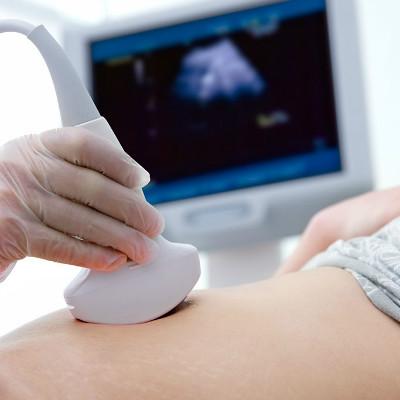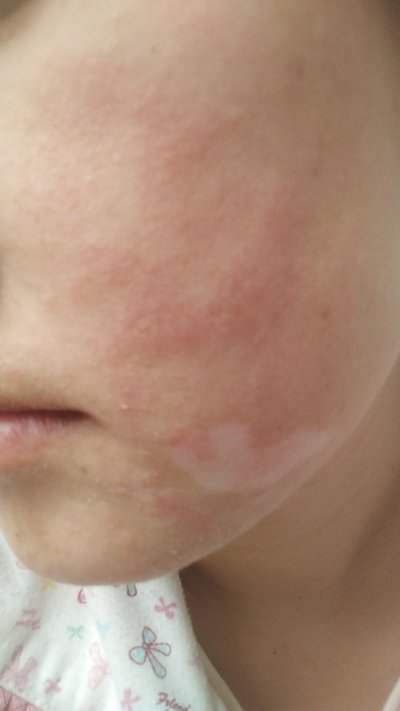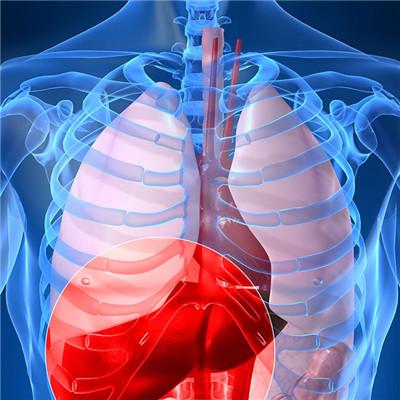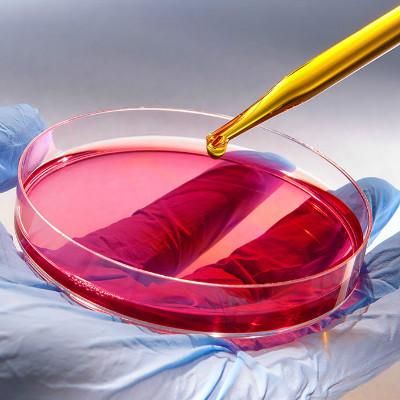Can colonoscopy detect the rectum?
summary
Most of the rectal carcinoids are less than 1cm in diameter, and more than 90% of them are located in the anterior and lateral walls of the rectum 4-8cm away from the anal margin. Digital rectal examination is the most convenient and direct method. If the rectal wall is smooth and round, the possibility of this disease should be considered. If the tumor infiltrates into the muscular layer and is fixed, it is difficult to differentiate from adenocarcinoma. Can colonoscopy detect the rectum? Let's talk about my views.
Can colonoscopy detect the rectum?
First of all: Yes, under colonoscopy, the typical performance is a single nodular broad base uplift under the mucosa, hard, movable, smooth mucosal surface, clear boundaries, yellow or pale appearance, biopsy forceps touch with the characteristics of submucosal tumor. The positive rate of biopsy is related to the sampling technique. Because the surface is covered by normal mucosa, deep excavation or multiple biopsies should be performed to obtain submucosal tissue. When the mass is enlarged and ulcers are formed on the mucosal surface, it is difficult to differentiate from colorectal cancer by colonoscopy. Mucosal surface depression or ulcer formation indicates high risk of tumor metastasis. Rectal carcinoid is often accompanied by primary malignant tumors in other parts at the same time or at different times. It is necessary to examine the gastrointestinal tract and other parts.
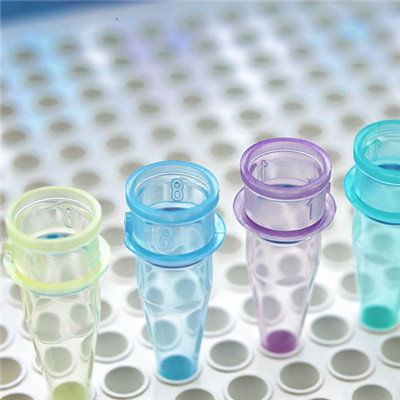
Secondly, EUS is the most effective method to determine the depth of rectal carcinoid invasion. It can accurately stratify the wall of the digestive tract, show the relationship between the lesion and the rectal wall, and judge the origin, size, internal echo, boundary, muscle layer and peripheral vascular invasion of carcinoid. It is of great significance to guide endoscopic mucosal resection (EMR) or surgical treatment.
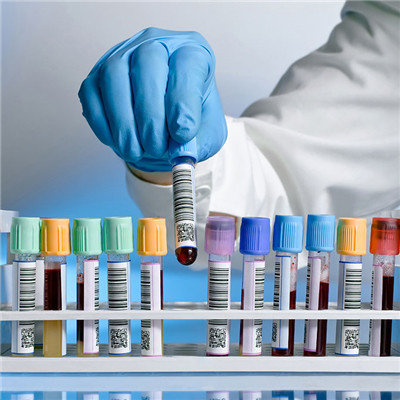
Finally: histologically, it is difficult to judge the benign and malignant of carcinoid tumors. The microscopic features of carcinoid tumors are endocrine tumors with good secretion. The tumor cells are small and uniform in shape. They are glandular tube like, chrysanthemum like, cord like or solid mass arrangement. The cytoplasm is empty or eosinophilic, and the nucleus is relatively uniform. According to the morphology, it can be divided into adenoid type (the most common type), cord type, solid mass type and mixed type.

matters needing attention
Diet should be diversified, develop good eating habits, not partial to food, not picky, do not eat high-fat, high protein diet for a long time, often eat some fresh vegetables containing vitamins and cellulose, prevent constipation, keep defecation unobstructed.
